It isn’t how most would characterize William T. Sherman’s famous march across Georgia in 1864, but Thomas Ricks of Stars and Stripes begs to differ.
“The more I read Sherman’s memoirs and letters, the more I came to believe that in that campaign he consciously was practicing what should be called counterinsurgency,” Ricks said in a recent article. However, he was also quick to point out that it takes a bit of historical interpretation to see it that way.
[text_ad]
“What Sherman carried out was not ‘hearts and minds’ but a tough-minded approach that discriminated between friends, neutrals and hostiles. The first two groups were to be judged by their actions, and aided. Military protection would be offered to friends when available. Hostiles were to be punished, to feel ‘the hard hand of war,’ as [Sherman] put it.”
Shermans’ March to the Sea was an integral part of the Savannah Campaign in the Civil War. Throwing himself deep into enemy territory and without support from Union supply lines, it was one of many bold moves the general conducted during the war.
What do you think? Would you classify Sherman’s march as a counterinsurgency effort? Let us know in the comments below.
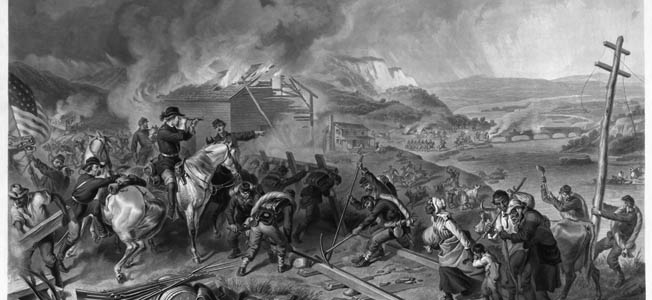
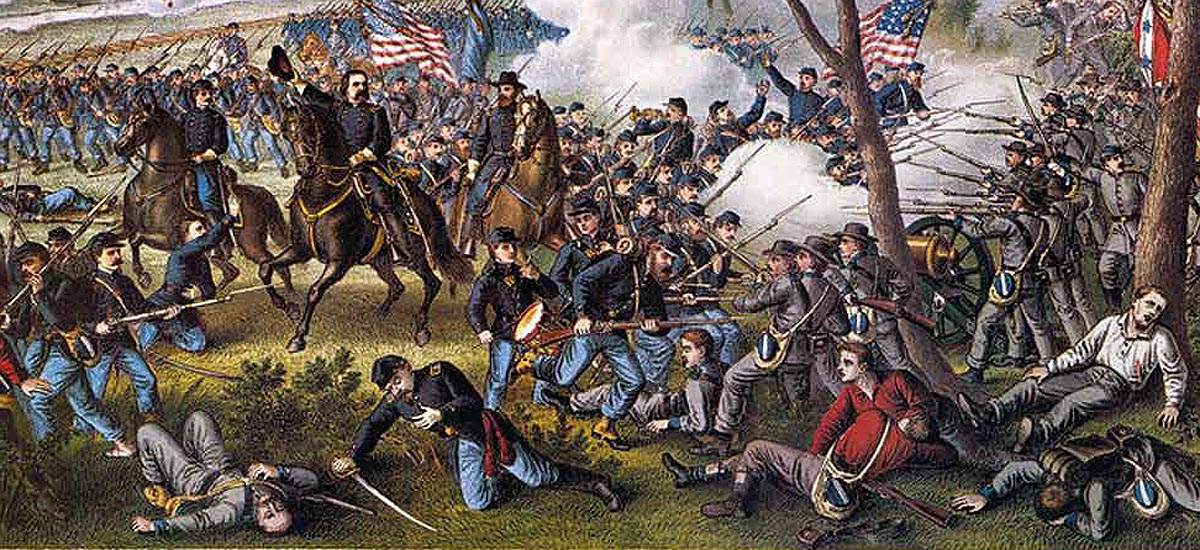
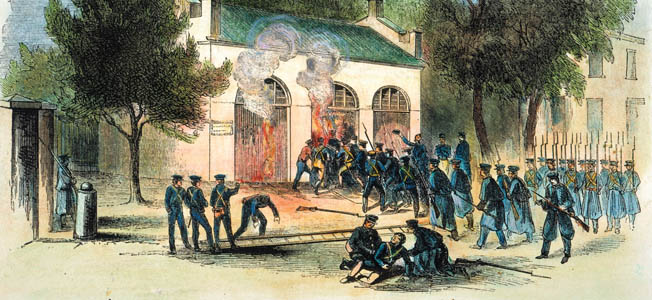

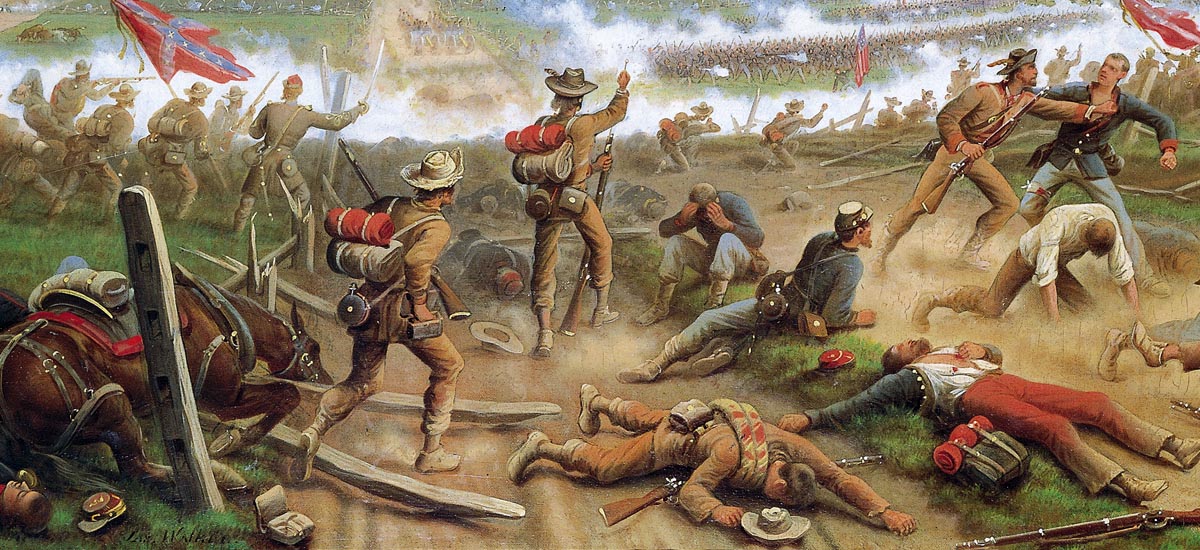
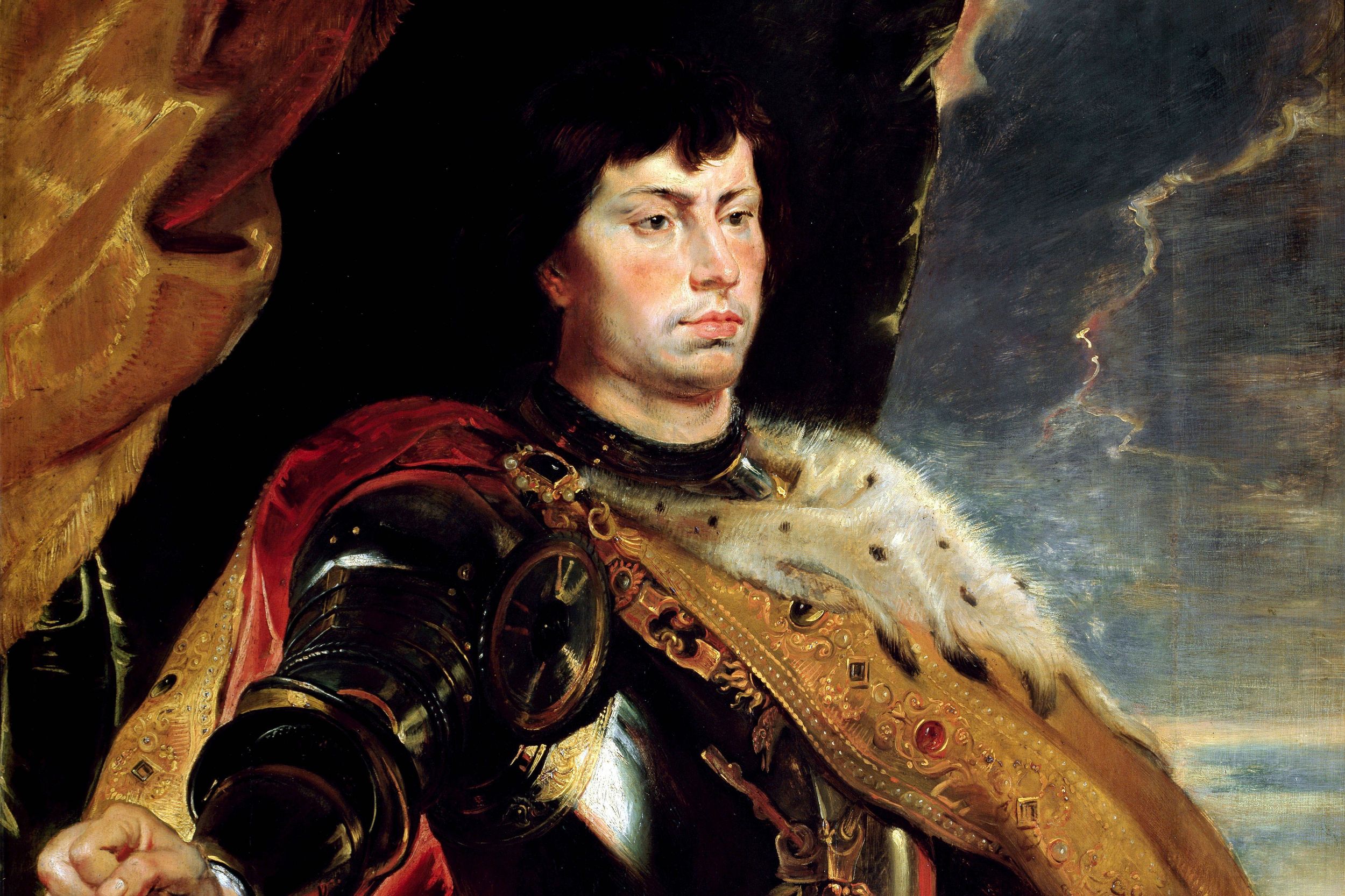
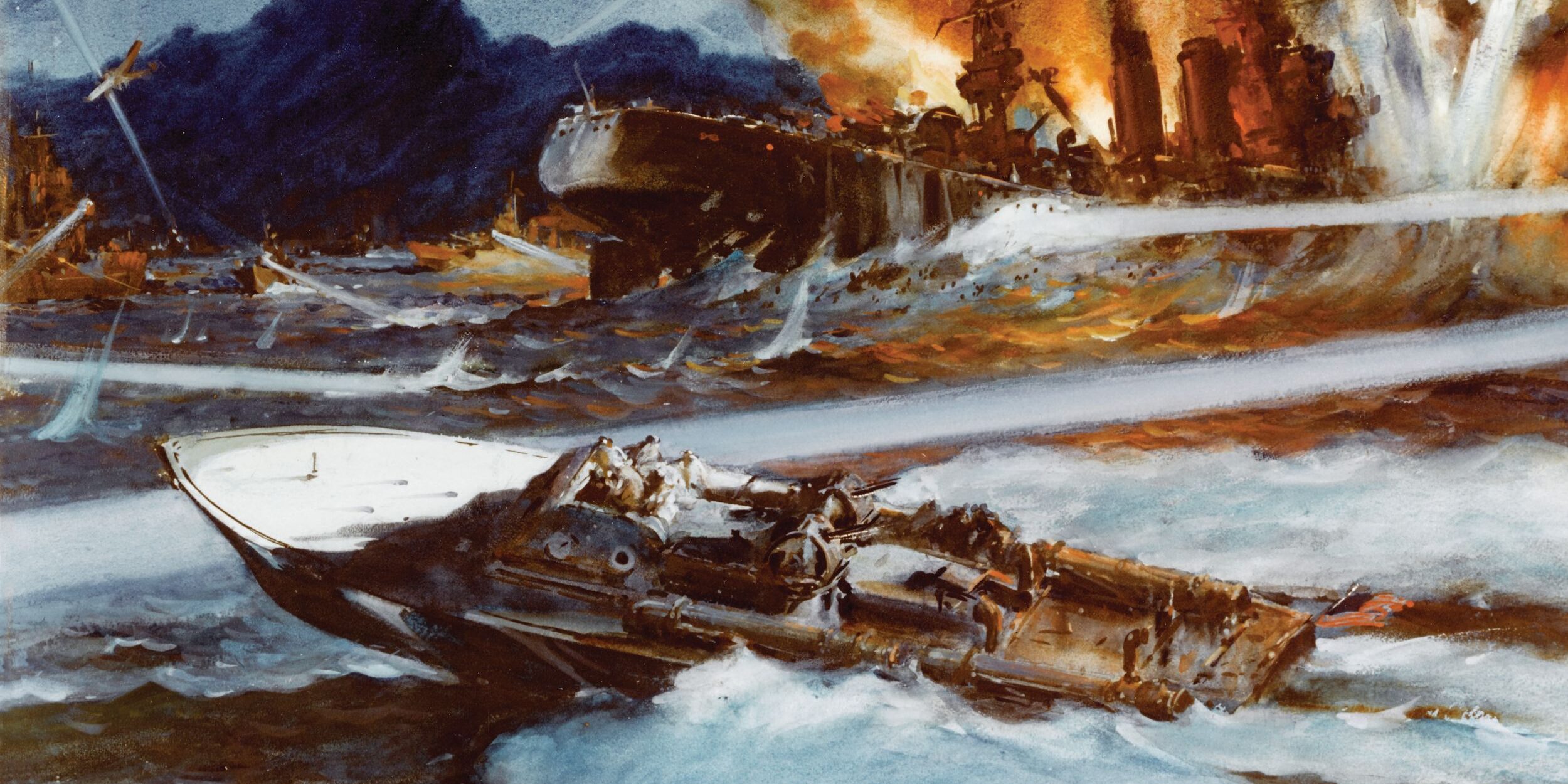
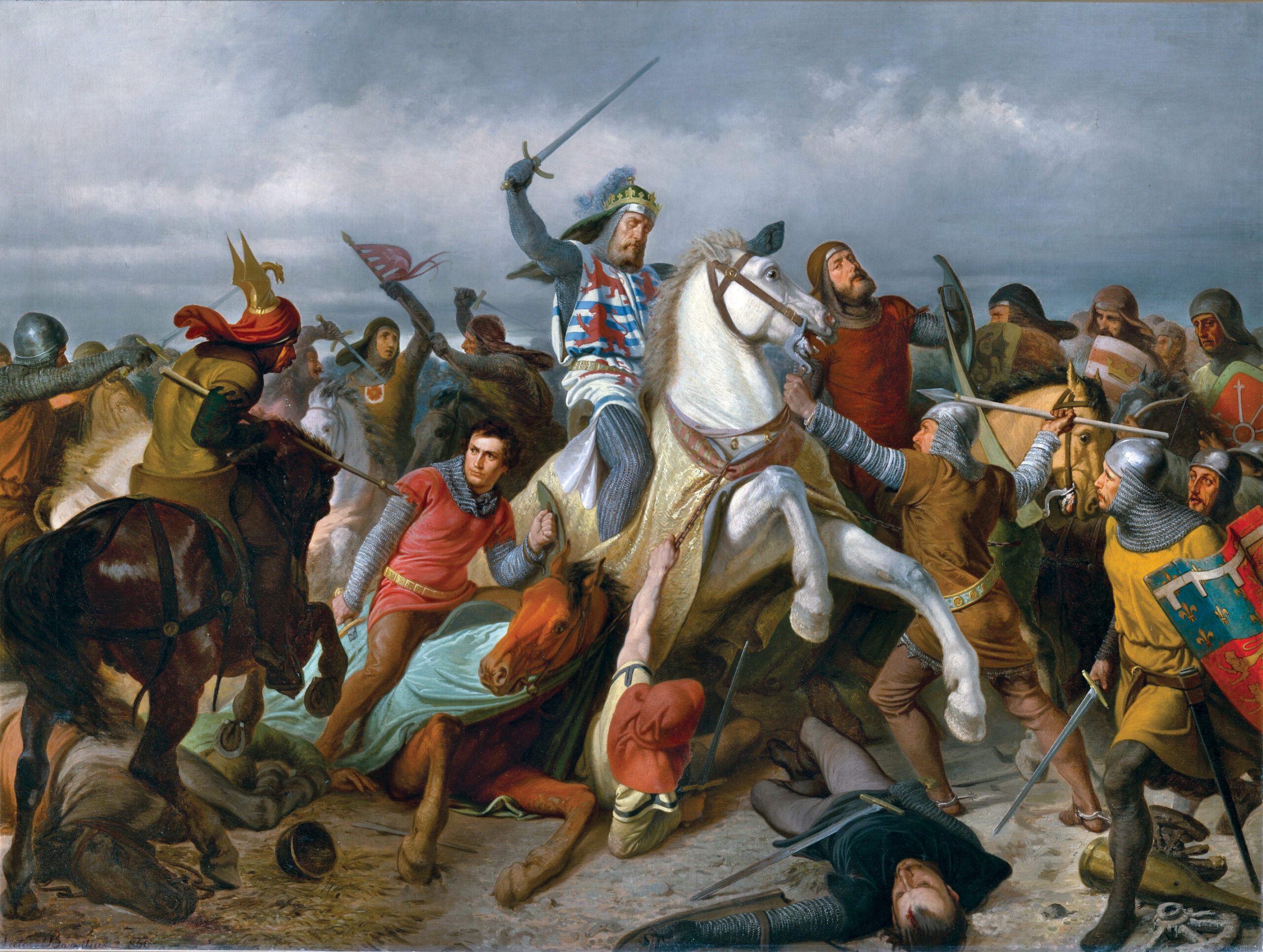
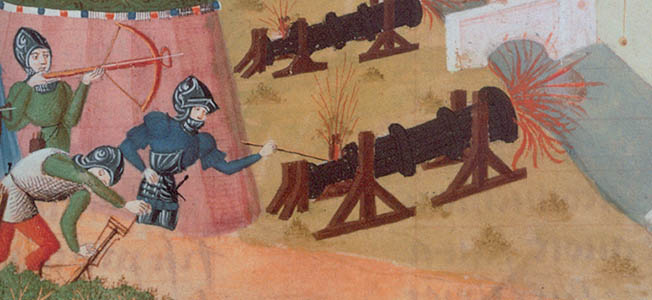
If you read The March by E. L. Doctorow, Sherman’s march through Georgia was banditry and pillaging His troops burned civilian homes after destroying contents. Food and animals were stolen. Slaves that followed the Union army were not assured of freedom as Confederate soldiers followed the Yankees.
I there are other opinions. Please let me read yours.